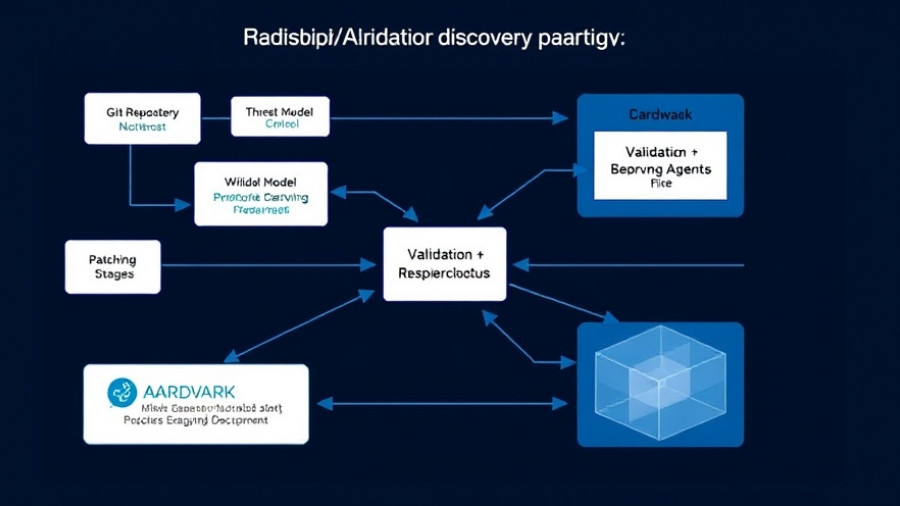
Demystifying Headless Browsing: What You Need to Know
When we think about artificial intelligence and how it interacts with our online world, we often envision smart assistants listening to our commands or chatbots responding to questions. But there’s another technology quietly changing the game: headless browsing. In the age of AI agents, understanding headless browsing is crucial for anyone invested in tech.
AI Agents: The New Players in Headless Browsing
Headless browsers have long existed primarily for quality assurance in software testing, seamlessly navigating the web behind the scenes. These browsers allow programs to mimic human web interactions—clicking, scrolling, even filling out forms without any user interface visible. Recently, new AI-powered browsers like Perplexity's Comet and the Browser Company’s Dia are using these capabilities differently. They are enabling AI agents not just to retrieve data, but to blend in with normal user traffic, creating a potential challenge for website publishers trying to track real engagement.
The Hidden Impact on Web Traffic
As AI agents navigate the web, they do so incognito, often disguising themselves as genuine users. This makes it challenging for companies to distinguish between actual human traffic and automated browsing. A report from Tollbit, a data marketplace, highlights the crucial distinction that headless browsers can bypass typical bot detection methods, raising red flags for publishers who rely on analytics to understand their web traffic. In an era where every click counts, this distinction can alter the view on what constitutes genuine user engagement.
Security Concerns: The Rise of AI-Driven Fraud
With the resurgence of headless browsing come concerns regarding web security and fraud. Traditional safety nets, such as CAPTCHAs, designed to differentiate human interactions from automated ones, may no longer be effective. As advanced headless browsers learn to navigate and solve these challenges, they pose new vulnerabilities for online advertisers and publishers. The subtlety with which AI agents can operate makes it essential for digital platforms to reassess their security measures and traffic monitoring protocols.
A New Paradigm for Advertisers
For advertisers, understanding headless browsing is pivotal to improving their ad strategies. With AI agents potentially distorting web traffic metrics, companies must rethink how they measure success and engagement. If authentic user data becomes muddied by AI traffic, advertisers may invest in misleading statistics. Additionally, the possibility of increased fraud could lead to greater financial repercussions for brands relying solely on traffic-based strategies.
Future Implications of AI Agents
As we move forward into an AI-driven landscape, the implications of headless browsing and AI agents will continue to unfold. We could see a shift in how data is collected and interpreted, shaping not only marketing strategies but also influencing technological advancements across platforms. Companies will need to innovate their approaches to analytics while maintaining transparency and ethical practices in AI usage.
Your Next Steps in the Age of AI Browsing
If you're interested in leveraging the potential of AI agents while safeguarding your digital presence, consider implementing more robust data analysis techniques that can help you parse out genuine users from automated interactions. Staying abreast of technological advancements will empower you to navigate the rapidly changing online environment, turning potential challenges into opportunities.
Embrace the AI Era - Technologies like headless browsing are set to redefine our experience online. Engaging critically with these advancements equips us to better understand not just the algorithms that work for us, but also the risks they may introduce.
 Add Row
Add Row  Add
Add 




Write A Comment